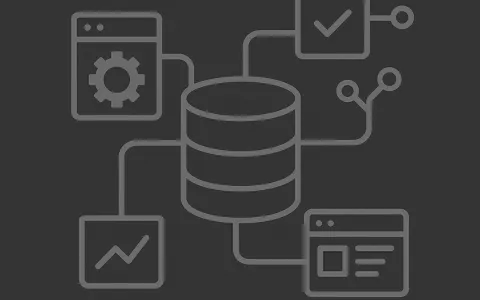Drupal 10 has officially arrived, bringing with it a host of new features, improvements, and updates designed to enhance the content management experience. As a Drupal site owner or developer, staying ahead of these changes is crucial for maintaining a competitive edge. This article will guide you through the key features of Drupal 10 and what you can expect from this latest release.
Key Features of Drupal 10
- Modernized Admin Interface: Drupal 10 introduces a revamped admin interface that is both user-friendly and visually appealing. The new interface, powered by Claro, offers a more intuitive navigation experience, making it easier for site administrators to manage content and site configurations.
- Updated Theme System: With the new Olivero default theme, Drupal 10 provides a modern and accessible theme out of the box. Olivero is designed to be flexible and visually striking, ensuring your site looks great on all devices.
- Enhanced CKEditor 5: Drupal 10 comes with CKEditor 5, replacing CKEditor 4. This update brings improved editing capabilities, including better handling of rich text, more intuitive user interfaces, and advanced media embedding options.
- Symfony 5 Integration: The underlying framework of Drupal has been updated to Symfony 5, providing better performance, enhanced security, and new features for developers. This update ensures Drupal remains a cutting-edge platform for building robust web applications.
- Automated Updates: One of the most anticipated features in Drupal 10 is the introduction of automated updates. This feature simplifies the process of keeping your Drupal site up-to-date with the latest security patches and feature updates, reducing the maintenance burden on site administrators.
Migration from Previous Versions
Upgrading to Drupal 10 from previous versions, such as Drupal 9 or 8, is streamlined thanks to the migration tools provided by the Drupal community. Key steps in the migration process include:
- Assessment: Evaluate your current site setup, modules, and custom code to identify any potential compatibility issues.
- Preparation: Backup your site, update all modules and themes to their latest versions, and ensure your site is running on a supported version of PHP.
- Migration: Use the provided migration tools to transition your site’s content and configuration to Drupal 10. Thoroughly test the site post-migration to ensure everything functions as expected.
Benefits of Upgrading to Drupal 10
Upgrading to Drupal 10 offers numerous benefits, including:
- Improved Performance: The integration with Symfony 5 and other performance enhancements make your site faster and more responsive.
- Enhanced Security: Regular updates and the latest security features help protect your site from vulnerabilities.
- Better User Experience: The modern admin interface and updated theme system provide a better experience for both site administrators and end-users.
- Future-Proofing: Staying up-to-date with the latest version ensures long-term support and access to new features and improvements.
Wrapping it up
Drupal 10 represents a significant step forward for the Drupal platform, offering modern features, improved performance, and enhanced security. Whether you’re running a small business website or a large enterprise application, upgrading to Drupal 10 ensures you stay ahead of the curve and continue to provide an excellent user experience. Start planning your migration today to take full advantage of what Drupal 10 has to offer.


